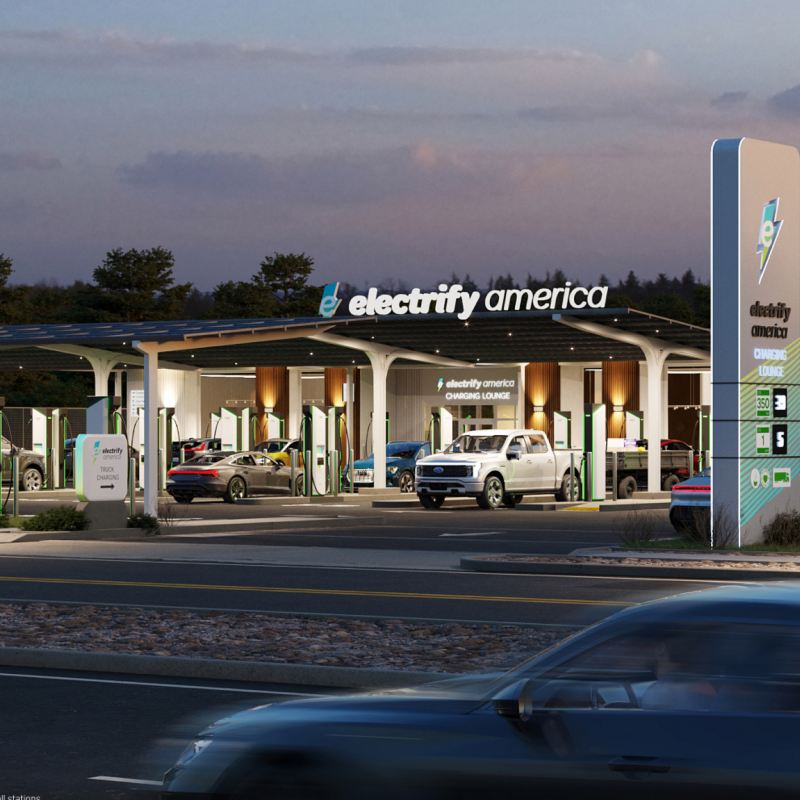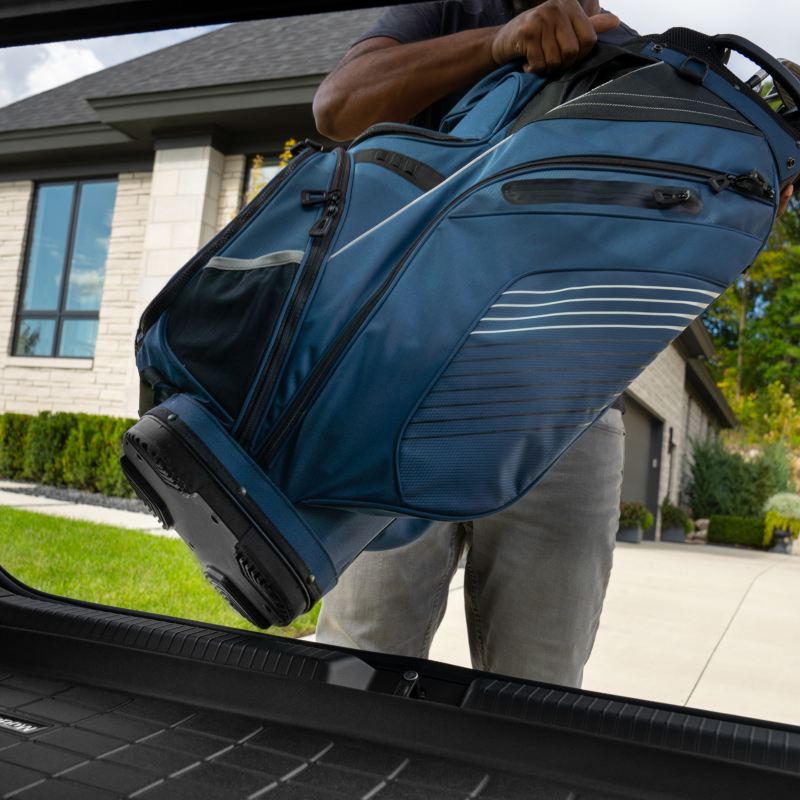#DriveBigger:
The Tiny-home Movement
#DriveBigger:
The Tiny-home Movement
4 minute read
For Volkswagen, the Drive Bigger® concept is all about journeying towards a larger purpose. It includes the pursuit of wide-ranging goals such as creating vehicle electrification for the masses, using renewable electricity in VW facilities, and reducing net carbon emissions.
The Drive Bigger® concept, however, isn’t just about vehicles or the company that makes them. In the first of a series on the thinking behind Drive Bigger, here’s a look at how, for many people, Drive Bigger means going smaller—particularly regarding the home they choose.
More and more buyers are turning to unique, nontraditional homes that occupy a smaller physical space and often incorporate elements with environmentally conscious aims such as increased energy efficiency and more sustainable materials. It’s known as the tiny-home movement, and it’s beginning to redefine the idea of where and how people live.
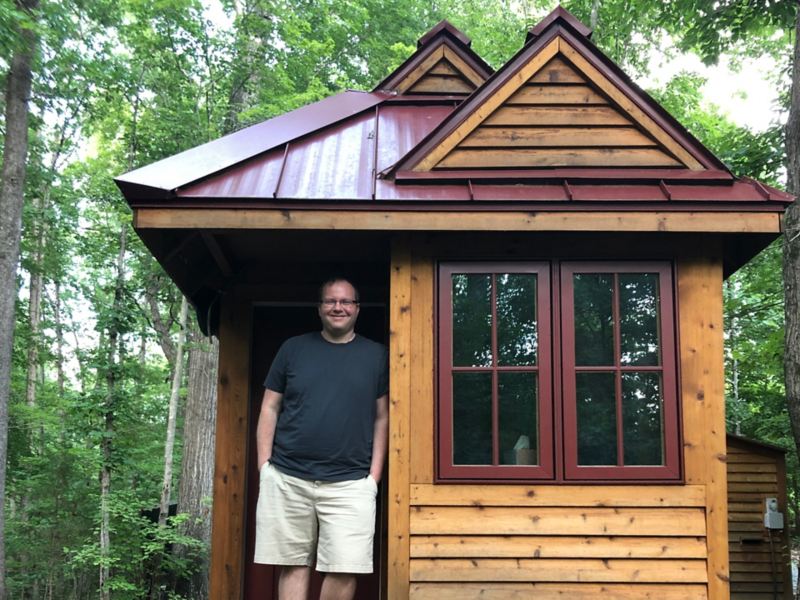
Advice from a tiny-home expert
“At the end of the day, it's not really about the house. It's about the life you want to build in it,” says Ryan Mitchell. If the tiny-home movement has a leading advocate, it’s Mitchell. A decade ago he built his first tiny home—150 square feet—on his own, with no prior home-building experience. He’s since become an expert on tiny homes and simplified living, authoring several books and founding a website and blog on the topic.
What defines a tiny home? Mitchell quantifies it as offering no more than 250 square feet of living space per occupant. So, for a home occupied by two people, the maximum size would be 500 square feet. But that isn’t the true definition of a tiny home, he says. “It’s about the intention behind it. It's about approaching housing—and then later on, other parts of your life—in a more intentional, purposeful way.”
Helping make home ownership more affordable
The appeal of tiny homes has broadened in recent years as rising costs have put new-home ownership out of reach for many people. Two groups in particular, Mitchell explains, are fueling the trend: “Millennials who are looking for an alternative to the crazy housing market, and Boomers who are looking at it as a retirement option.”


The financial aspect can be attractive, especially for those planning to build a tiny home themselves. According to Mitchell, materials for a tiny home typically range from around $25,000 to $50,000. “If you want to engage a builder or buy one,” he says, “typically it's materials times two. So, if it's $25,000 in materials, it's going to be $50,000 after labor.” Once the home is built, monthly living expenses can be dramatically lower compared to that of larger homes, he adds.
Creating a lower
impact home
Because the initial investment and monthly costs are typically lower, tiny-home owners often find opportunities to pursue meaningful goals in their daily lives, such as increasing sustainability and working towards leaving a smaller carbon footprint, says Mitchell.
In general, “a tiny house consumes fewer resources” than a larger home, he notes. “You’re not buying as many materials, which means you probably have more dollars to use to purchase materials in a more intentional way. In a traditional home, it might be cost-prohibitive to get something that's sustainable or recycled, or has a low carbon footprint. It suddenly becomes very approachable because you just need less of it.”
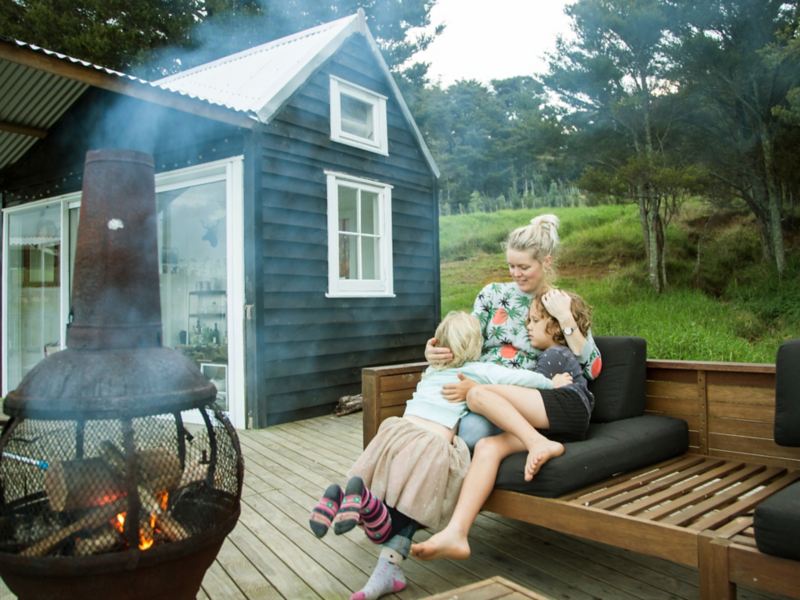
"It's not really about the house. It's about the life you want to build in it.”
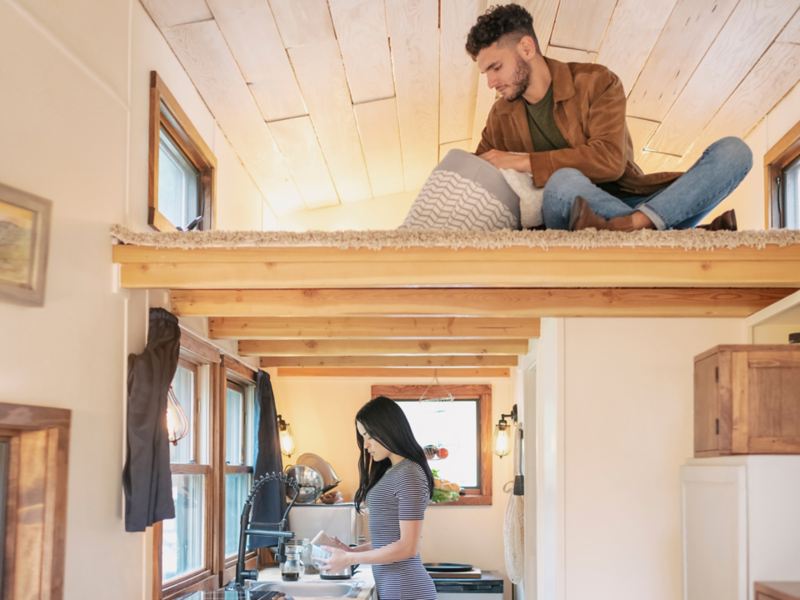
The freedom to Drive Bigger in life
But perhaps the greatest benefit of owning a tiny home, according to Mitchell, is a newfound sense of freedom in one’s lifestyle. “I own my tiny house outright; I don't have a mortgage,” he says. Gaining that kind of financial independence a decade ago helped Mitchell “think bigger about things I wanted to do, because I had so much opportunity now sitting in front of me.”
While he recognizes that the tiny-home life might not be for everybody, he believes the philosophy behind it holds a broadly valuable lesson. “Even if you aren't planning to live in a tiny home,” Mitchell advises, “take the time to figure out what's right for you, to set your path in this world and pursue that path.”
In his view, the larger impact of the tiny-home movement “is going to be someone saying, maybe I don't need a 3,000-square-foot house. That can have effects on their finances, on their environmental impact, on their lifestyle.”

